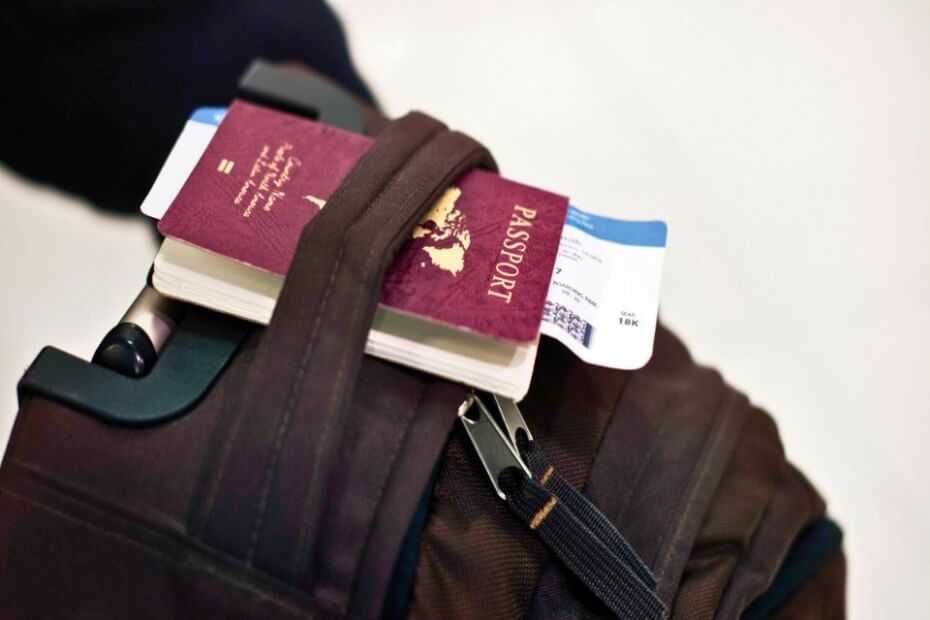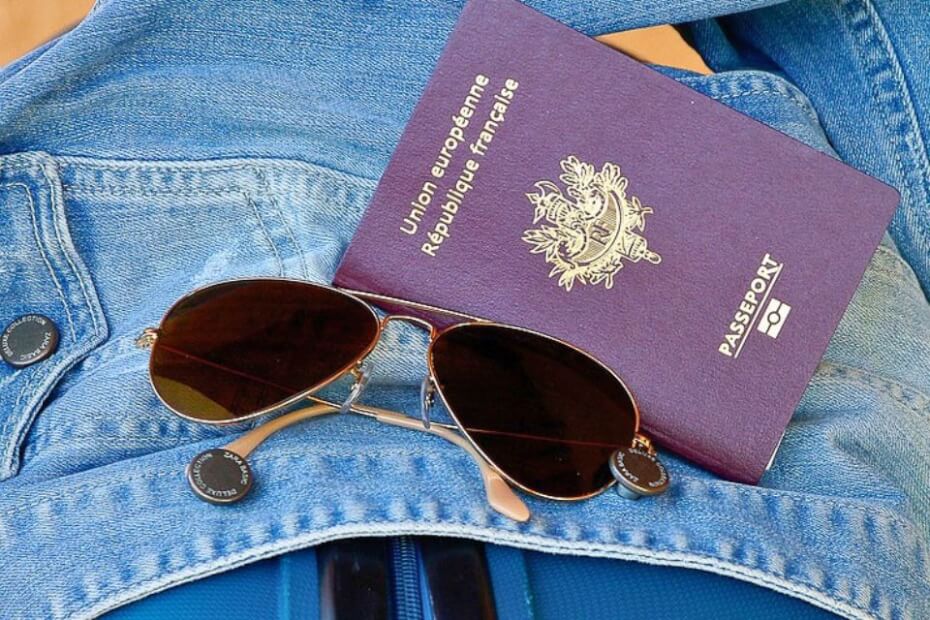
The UK government has recently announced significant changes to the Electronic Travel Authorization (ETA) system’s rules and processes.
The updates aim to tighten the UK’s border control processes and align ETA rules with broader immigration standards.
The changes affect non-visa travelers’ ability to apply for and obtain the digital travel permission.
Seema Malhotra, UK Minister for Migration and Citizenship, said the updates make “the system clearer and more consistent for applicants.”
It ensures that “individuals who do not meet the eligibility requirements face additional scrutiny before being allowed to travel to the UK.”
Fundamental changes to the ETA rules and processes
The UK Home Office made significant updates to ETA rules and how it processes ETA applications.
The changes aim to align the ETA rules and processes and be consistent with immigration and visa processes.
These include more scrutiny for those who have overstayed their visas, using a national passport, and clarifying suitability grounds.
Overstayers face more scrutiny
Overstayers are individuals who remain in the UK beyond the length of time they are allowed to stay.
Before the change, if an overstayer voluntarily left the UK without the government’s help, they could still apply for an ETA without further scrutiny. The update changes this.
ETA applications are now in line with the more stringent rules for visitor visas. The duration and circumstances of an overstay will not be considered in the decision.
This means the government will assess whether someone who has overstayed in the past can still qualify for an ETA.
This change aims to prevent repeat overstays. It also subjects those who have violated immigration laws to greater scrutiny before re-entering the UK.
Mandatory use of a national passport
ETA applicants must also now apply for the travel permission using a national passport.
Those who hold a travel document other than a national passport must apply for a visitor visa instead of an ETA.
This aligns ETA rules with visa rules. The immigration rules state that travelers can only use national passports to apply for entry into the UK.
New ETA suitability grounds

Under the new rules, individuals previously denied a visa or entry to the UK as visitors will be refused an ETA.
They could only apply for an ETA if granted a visa or valid permission after the initial refusal, and it wasn’t canceled.
This ensures that anyone previously considered not a genuine visitor won’t be able to get an ETA. Instead, they would need to apply for a visa.
The new rule also allows authorities to refuse an ETA if the applicant had their previous ETA revoked.
This is regardless of whether or not the ETA cancellation was based on eligibility. An example is when a traveler with an ETA is turned away at the UK border.
Without this provision, individuals could reapply for another ETA and attempt to return to the UK. The new rule prevents this misuse of ETAs.
The change ensures that a person whose ETA is canceled or a person who is turned away at the border cannot reapply for an ETA.
Instead, they must apply for a visa, which involves stricter checks to confirm they meet UK entry requirements.
Expansion of ETA to all non-visa nationals
Currently, nationals from countries like Qatar, Kuwait, Saudi Arabia, and the UAE already need an ETA to travel to the UK.
By 8 January 2025, all non-visa nationals from outside of Europe traveling to the UK must have an ETA before their trip.
Non-European nationals who do not need a visa to come to the UK can start applying for an ETA on 17 November 2024.
On the other hand, Europeans must have an ETA for visiting the UK beginning 2 April 2025. They can start applying for an ETA starting 5 March 2025.
The ETA scheme, similar to those used by the United States (US) and Australia, aims to enhance border security.
It allows the government to pre-screen and vet travelers, help identify potential risks and reduce illegal entry attempts.
The ETA will help the British government have a comprehensive picture and understanding of those traveling to the UK.”
It is mandatory for all travelers, including infants and children, whether traveling by air, water, or land.
If granted, the ETA allows for multiple short trips over two years or until the linked passport expires, whichever is sooner.
Travelers can stay in the UK for up to six months per visit for tourism, family visits, permitted business activities, and short-course study.
Those transiting in the UK must also have an ETA whether or not they are going through border control.
Applying for an ETA

Applying for an ETA is simple and quick. Travelers can do it online on the UK government website or via a smartphone app, the UK ETA App.
Applicants will need to provide passport details, contact information, and a photo, as well as answer a set of security questions.
To submit their ETA application, they must pay £10 online via credit or debit card, Apple Pay, or Google Pay.
Most applications are processed within three working days, though decisions can sometimes come through more quickly.
If an ETA application is denied, the applicant must apply for a visa if they still wish to travel to the UK.
The UK is shifting to digital systems to strengthen border security while ensuring a user-friendly application process for travelers.
As the ETA rollout continues, travelers should familiarize themselves with the new rules to avoid potential delays or complications.

